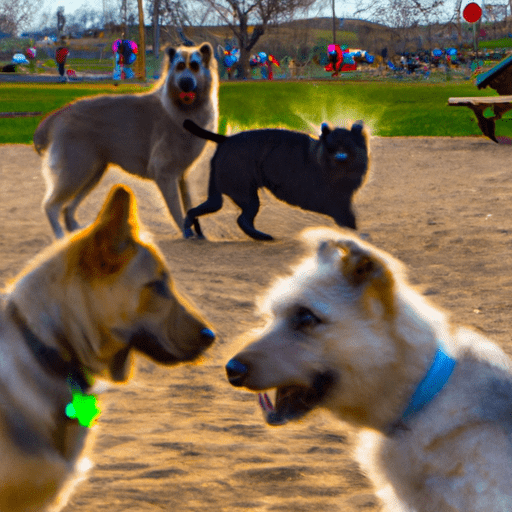Parvovirus, or “parvo,” is a highly contagious viral disease that affects dogs. Understanding how this virus is transmitted is crucial to prevent its spread and protect your beloved pets. This comprehensive guide aims to provide you with all the necessary information about how parvo is transmitted in dogs.
Understanding Canine Parvovirus
Before we delve into the transmission of parvo, it’s essential to understand what this virus is. Canine parvovirus is a highly infectious disease that can affect dogs of all ages, though it is most common in puppies between six weeks and six months old.
Parvo primarily affects the dog’s gastrointestinal tract, leading to symptoms such as vomiting, severe diarrhea, loss of appetite, and lethargy. Without timely treatment, the virus can be fatal.
How Dogs Contract Parvo
The primary mode of parvo transmission is through direct contact with an infected dog or with the feces of an infected dog. The virus is incredibly resilient and can survive in the environment for long periods, making it easy for other dogs to contract it.
Here are the common ways dogs contract parvo:
- Direct Contact: If your dog comes into contact with an infected dog or its feces, it can contract parvo.
- Indirect Contact: The virus can be carried on dog’s fur, and objects like shoes, clothes, and other items that have been in contact with an infected dog or its feces.
- Environment: Parvo can live in the soil for up to a year, so dogs can get the virus by ingesting contaminated soil.
- Humans: Humans can carry the virus on their hands and clothes, transmitting it to their dogs.
Preventing Parvo Transmission
Prevention is the best way to protect your dog from contracting parvo. Following are some measures you can take:
- Vaccination: Vaccinating your dog is the most effective way to prevent parvo. Puppies should receive their first parvo vaccination between six and eight weeks of age, followed by booster shots.
- Hygiene: Regularly clean and disinfect your dog’s living area, food and water bowls, toys, and bedding.
- Isolation: Keep your puppy away from public places and unvaccinated dogs until it has received all of its parvo vaccinations.
| Prevention Measure | Description |
|---|---|
| Vaccination | Most effective way to prevent parvo |
| Hygiene | Regular cleaning and disinfection |
| Isolation | Keeping puppies away from public places and unvaccinated dogs |
Treating Parvo
If your dog contracts parvo, early and aggressive treatment is crucial. The treatment primarily involves supportive care, including intravenous fluids to treat dehydration and antibiotics to prevent secondary bacterial infections.
Remember, parvo is a serious disease, but with immediate veterinary care, most dogs can recover.
Understanding Parvo’s Impact
Parvo can have a profound impact on a dog’s health, both short-term and long-term. In the short-term, dogs can suffer from severe dehydration, damage to the intestines, and in extreme cases, death. Long-term, dogs that survive parvo can have a weakened immune system and may be more susceptible to other illnesses.
Frequently Asked Questions
Q: Can humans get parvo from dogs?
A: No, humans cannot get parvo from dogs. The canine parvovirus strain does not affect humans.
Q: Can a vaccinated dog get parvo?
A: While less common, it is possible for a vaccinated dog to get parvo, especially if they have not received all their booster shots.
Q: How long does parvo stay in a dog’s system?
A: The parvo virus can stay in a dog’s system for about 3 to 4 weeks after infection.
Q: Can a dog get parvo twice?
A: It is extremely rare for a dog to get parvo twice. After recovery, most dogs have immunity against the virus.
In conclusion, being aware of how parvo is transmitted in dogs can help you take the necessary steps to prevent it. Vaccination, good hygiene, and preventive care are your best defenses against this deadly disease. Always consult with your vet if you have any concerns about your dog’s health.



